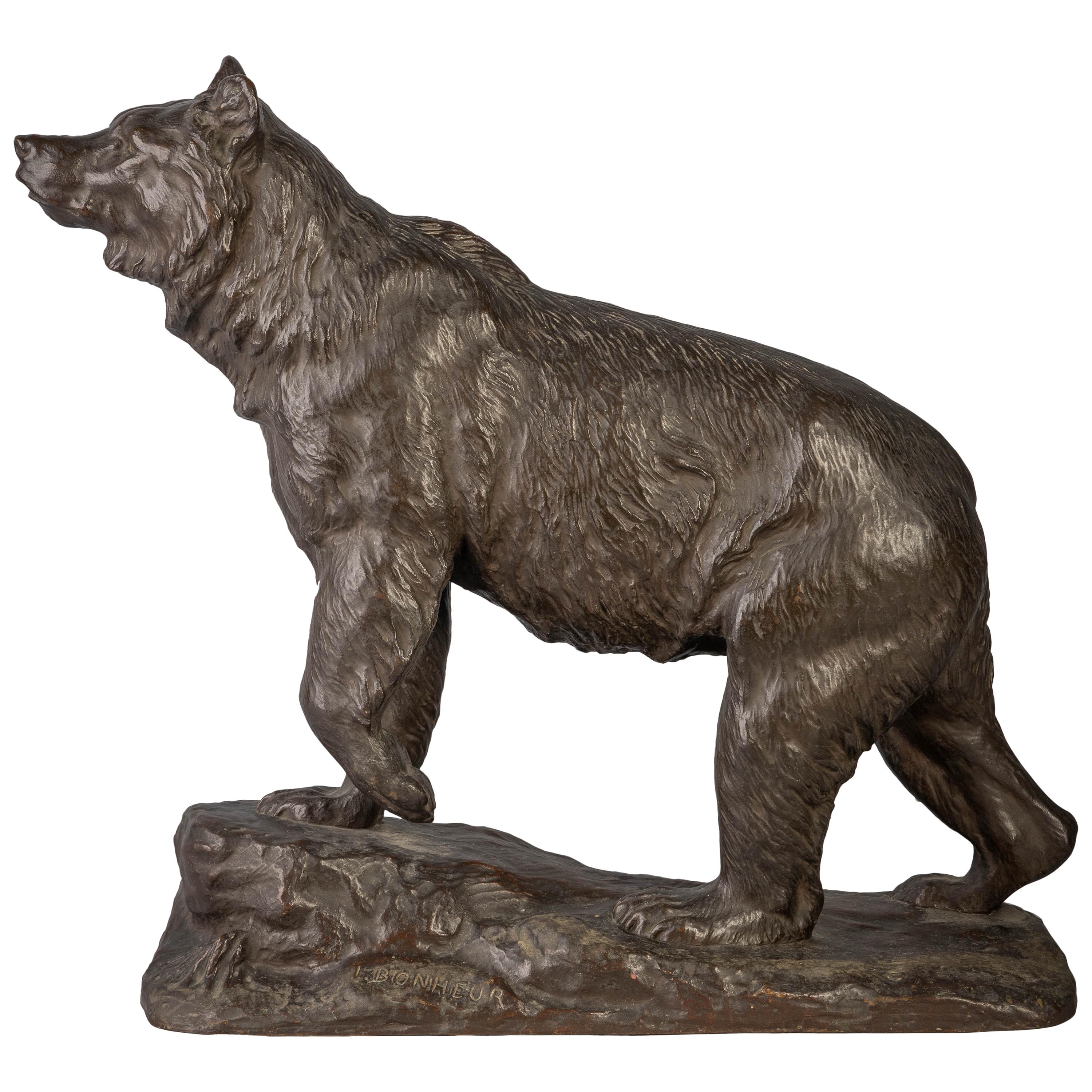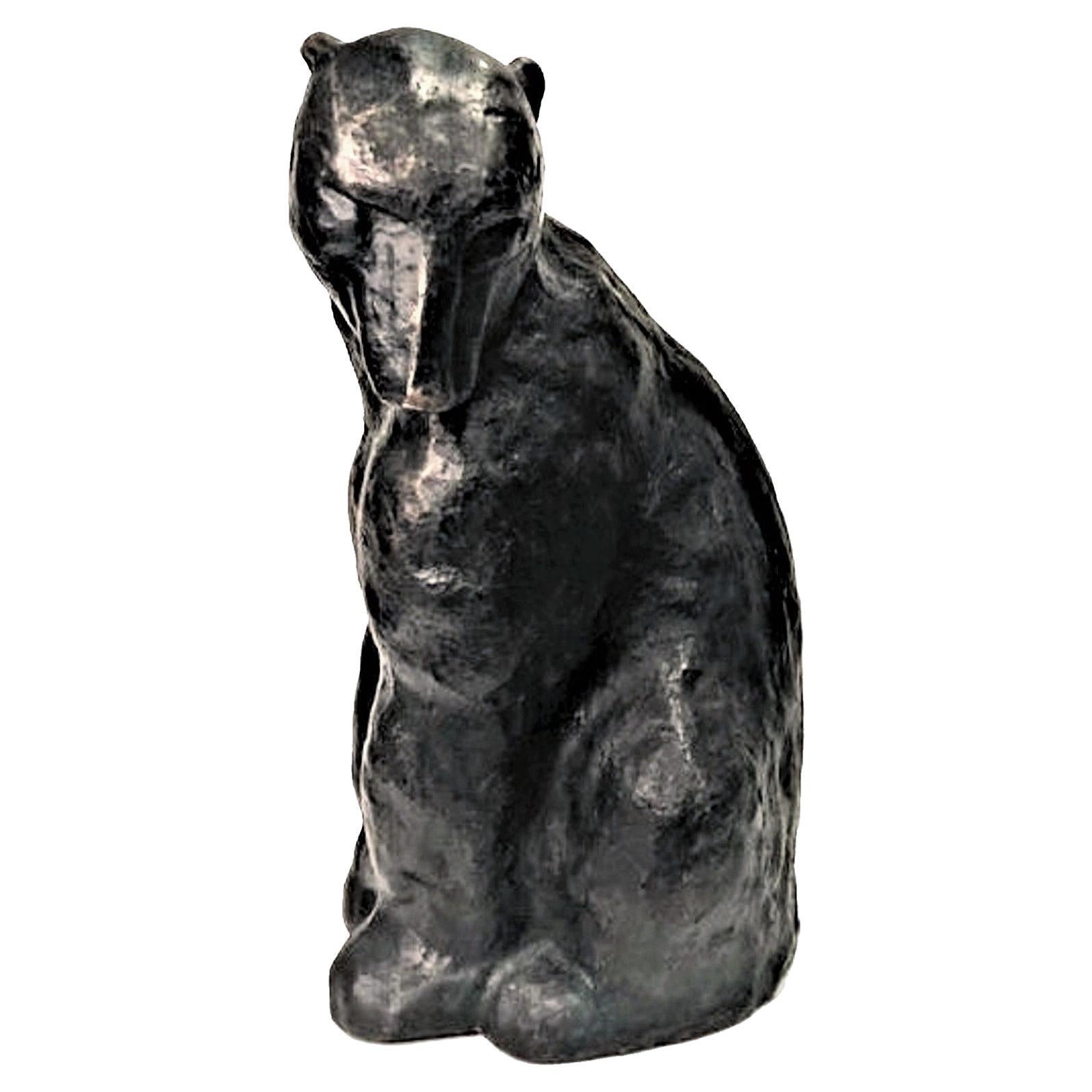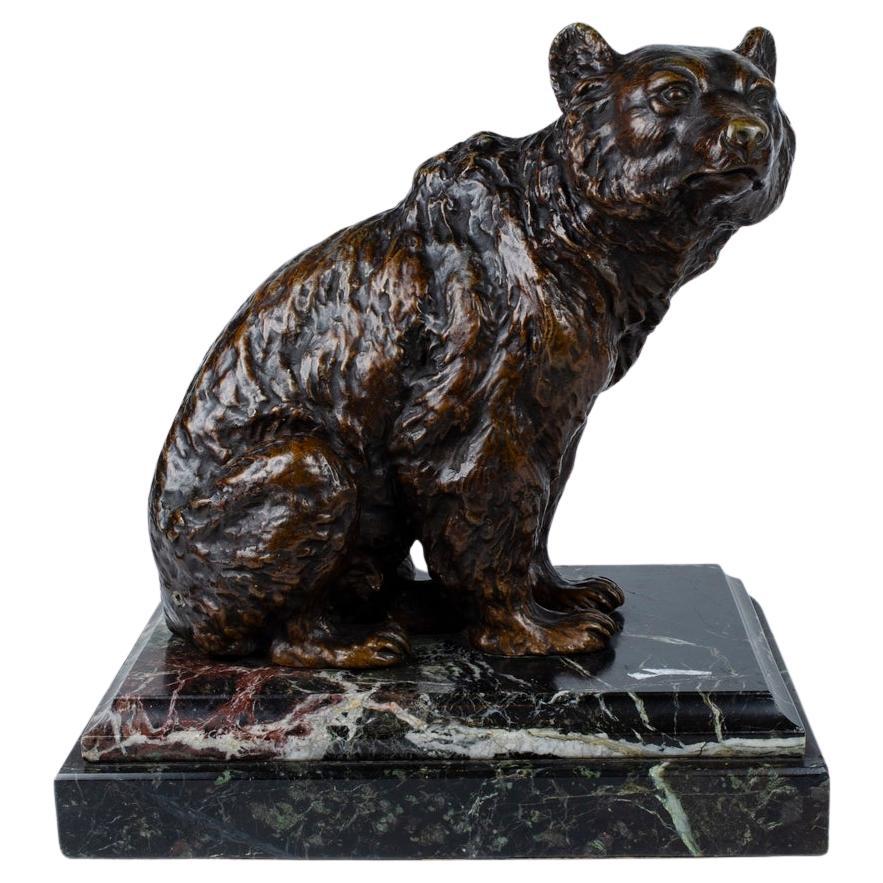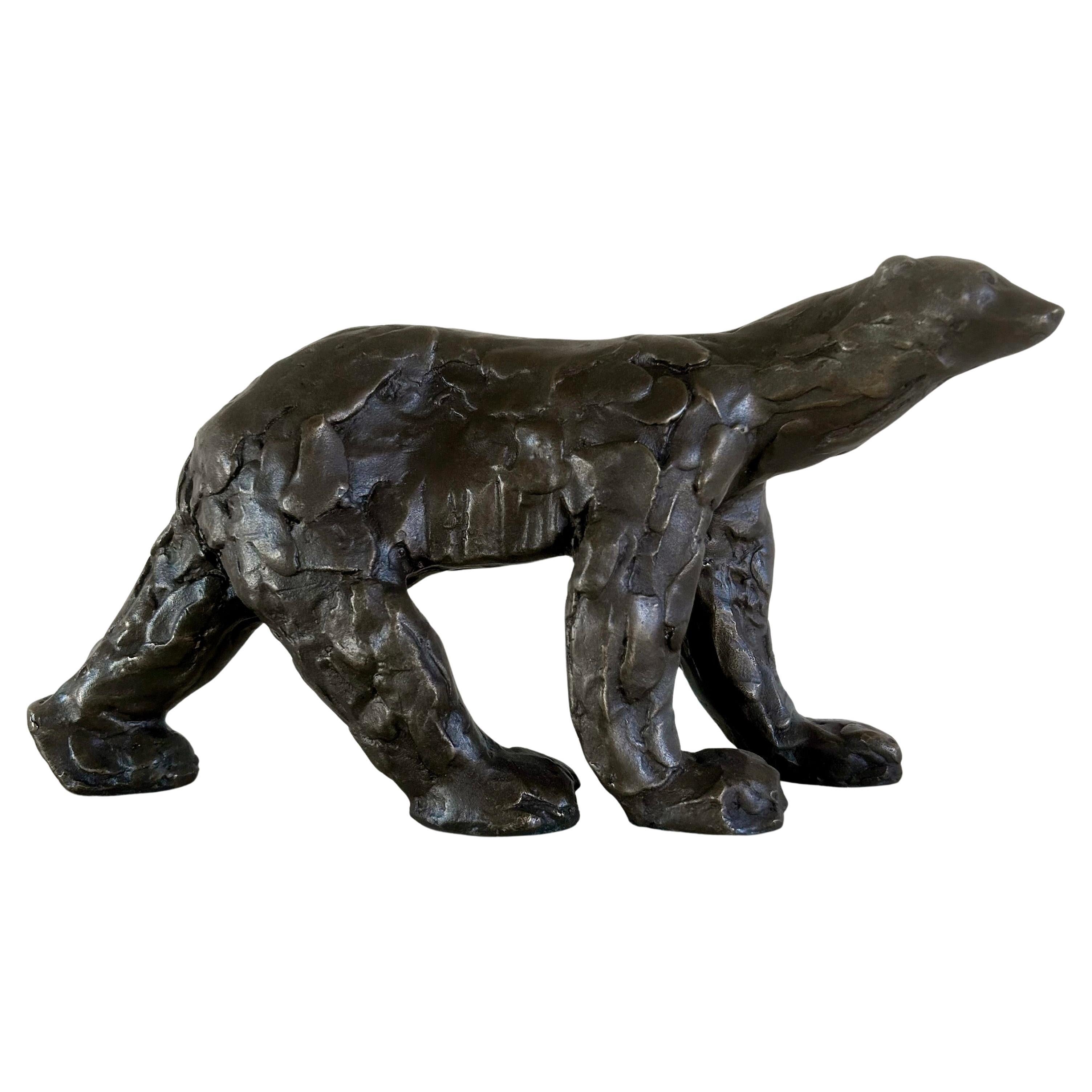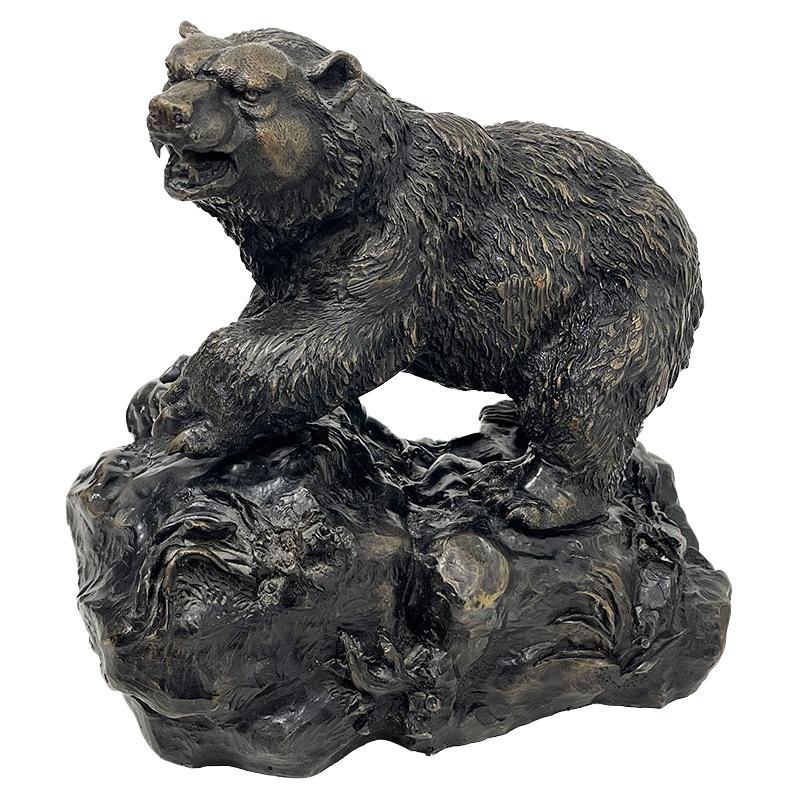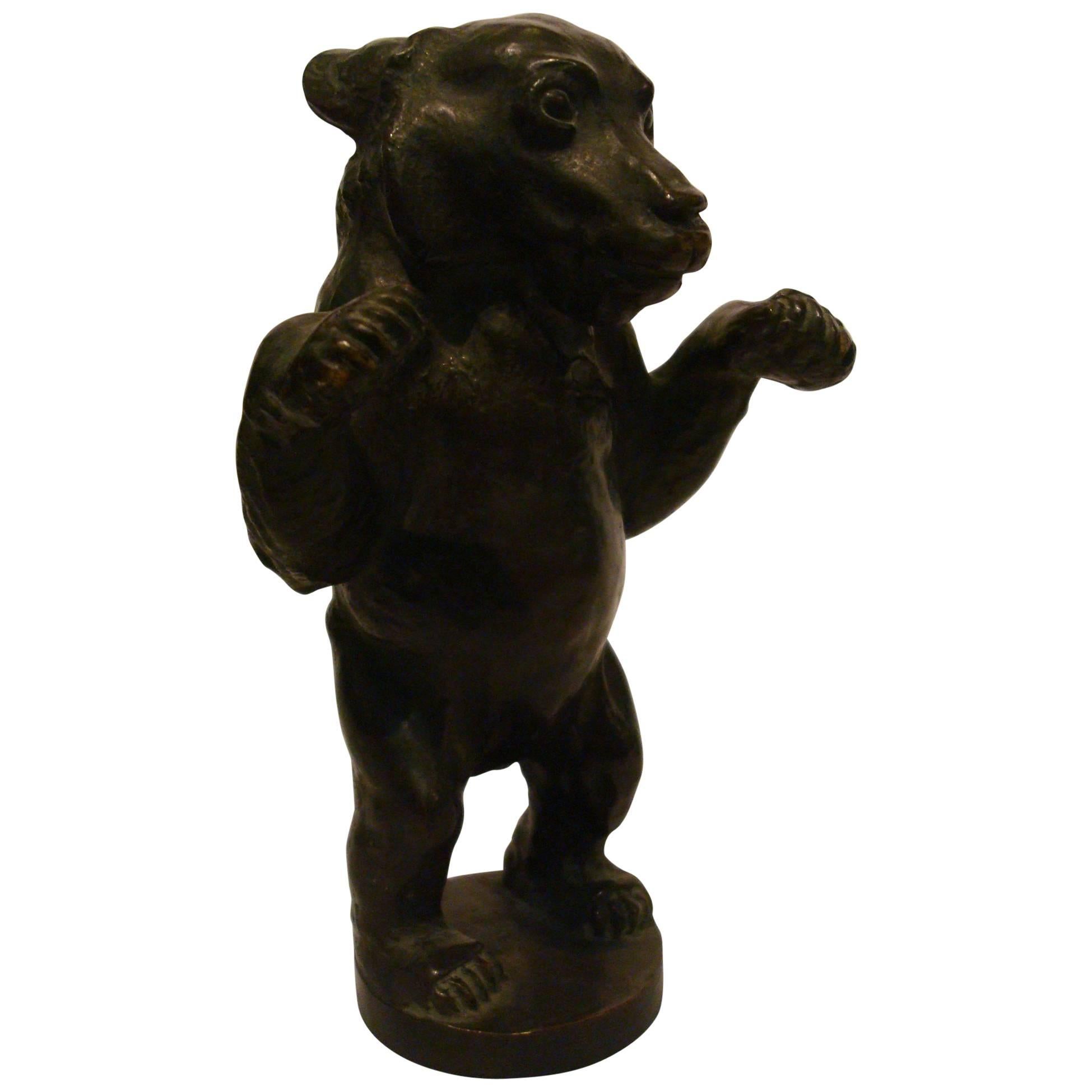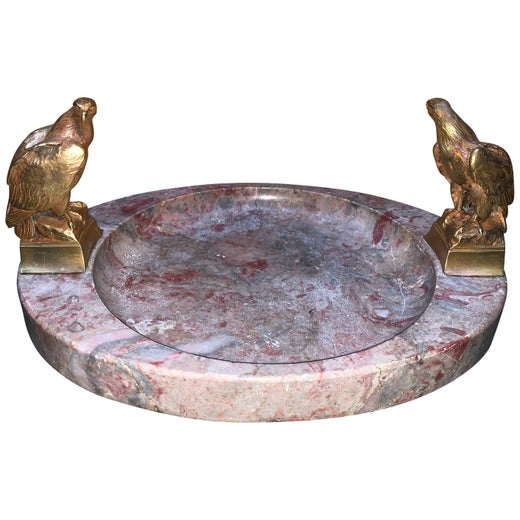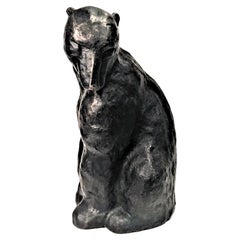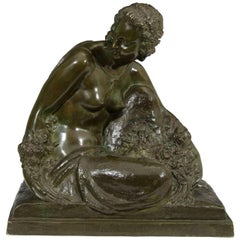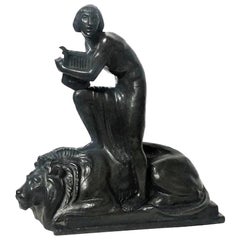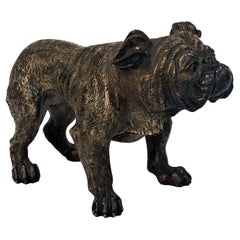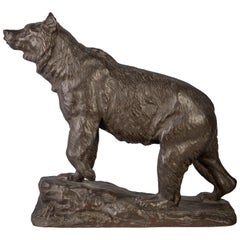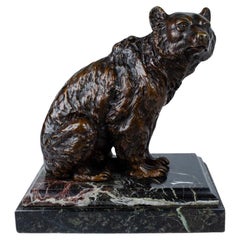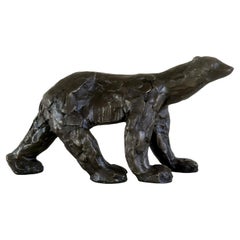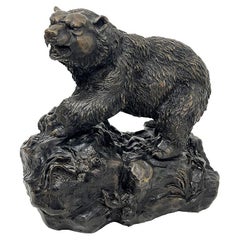Joseph Franz Pallenberg, Bear, German Art Deco Bronze Sculpture, ca. 1920s
About the Item
- Creator:Joseph Franz Pallenberg (Sculptor)
- Dimensions:Height: 8 in (20.32 cm)Width: 8.5 in (21.59 cm)Depth: 7.5 in (19.05 cm)
- Style:Art Deco (Of the Period)
- Materials and Techniques:Bronze,Cast
- Place of Origin:
- Period:
- Date of Manufacture:ca. 1920s
- Condition:Wear consistent with age and use. We make our best effort to provide a fair and descriptive condition report. Please examine photos attentively, as they are part of the description. Send us a message to request more details or discuss price.
- Seller Location:New York, NY
- Reference Number:1stDibs: LU2819339485212
Joseph Franz Pallenberg
Joseph Franz Pallenberg was a German artist and sculptor, born in 1882, in Cologne, Germany. He is well-known as an animal sculptor. He began drawing animals at the age of six years, excited by a visit to the Cologne Zoo. From 1899, he attended the Dusseldorf Art Academy, where he received his first training in drawing, from Ernst Roeber and Willy Spatz. His first significant work, the Sauhatz, was shown in 1902, in Kunstpalast Dusseldorf, as part of the large trade and industrial exhibition. In 1904, Joseph exhibited 16 animal sculptures at the “Great Berlin Art Exhibition”. In 1907, his bronze sculpture, Flying Eagles received a gold medal at the “Great Berlin Art Exhibition”. In his studio, in Cologne, he created the Rominter Runfthirsch, which received the Golden State Medal at the “1907 National Art Exhibition”.
- ShippingRetrieving quote...Shipping from: New York, NY
- Return Policy
More From This Seller
View AllEarly 20th Century French Art Nouveau Animal Sculptures
Bronze
Vintage 1920s French Art Deco Figurative Sculptures
Bronze
Vintage 1920s German Art Deco Figurative Sculptures
Bronze
Antique Early 1900s Austrian Jugendstil Animal Sculptures
Bronze
Antique Early 1900s Austrian Jugendstil Animal Sculptures
Bronze
Vintage 1930s Austrian Art Deco Animal Sculptures
Brass
You May Also Like
Antique 1870s French Animal Sculptures
Bronze
20th Century French Art Deco Animal Sculptures
Bronze
Mid-20th Century French Art Deco Animal Sculptures
Bronze
20th Century French Animal Sculptures
Bronze
Vintage 1920s European Art Deco Animal Sculptures
Bronze
20th Century Animal Sculptures
Marble, Bronze
